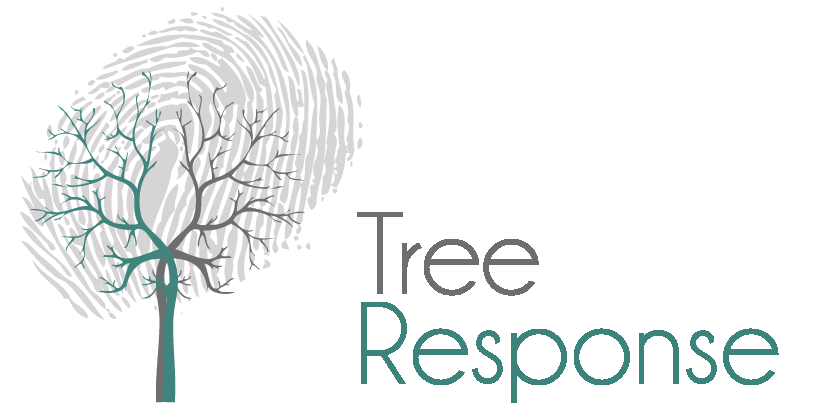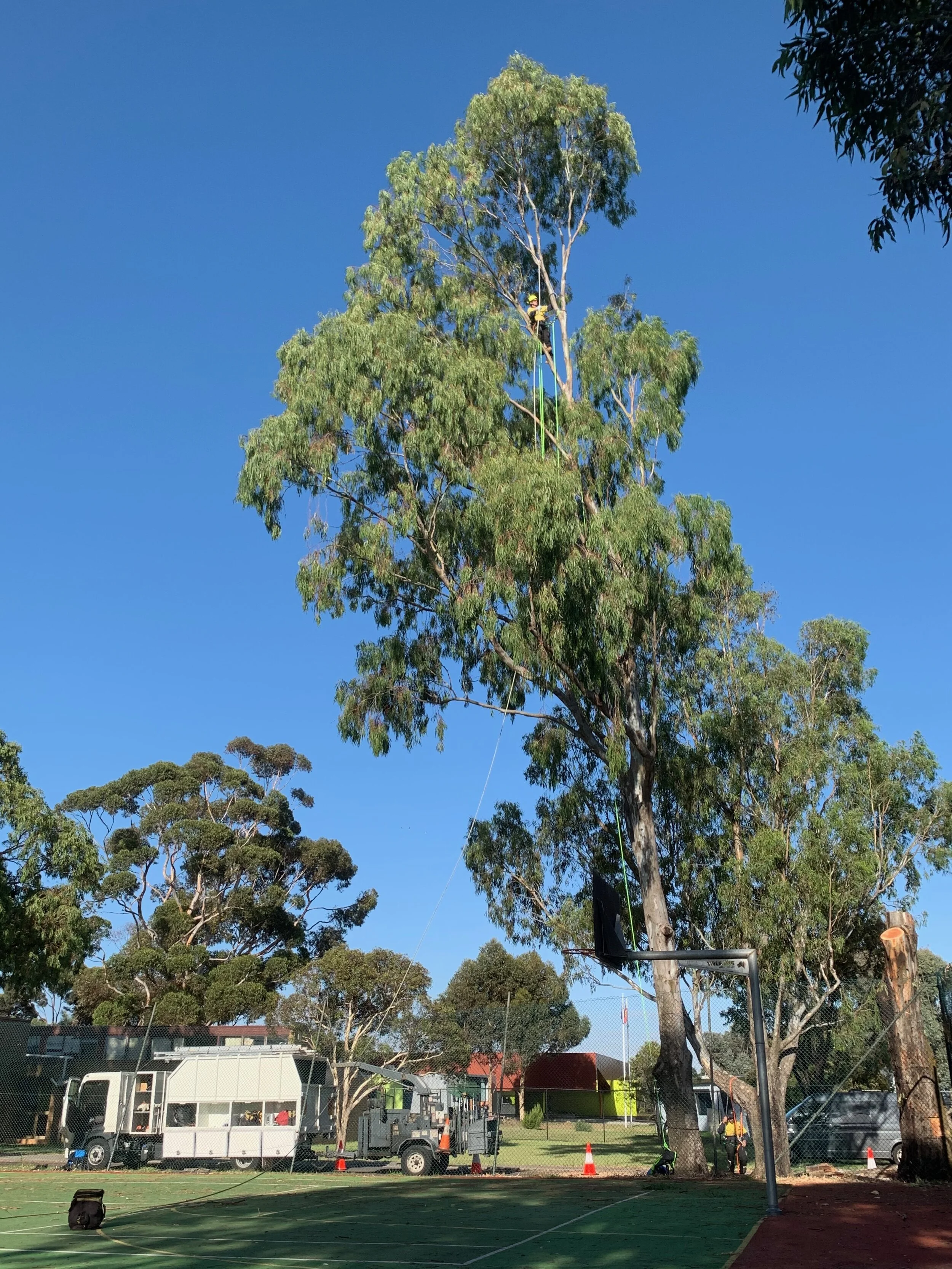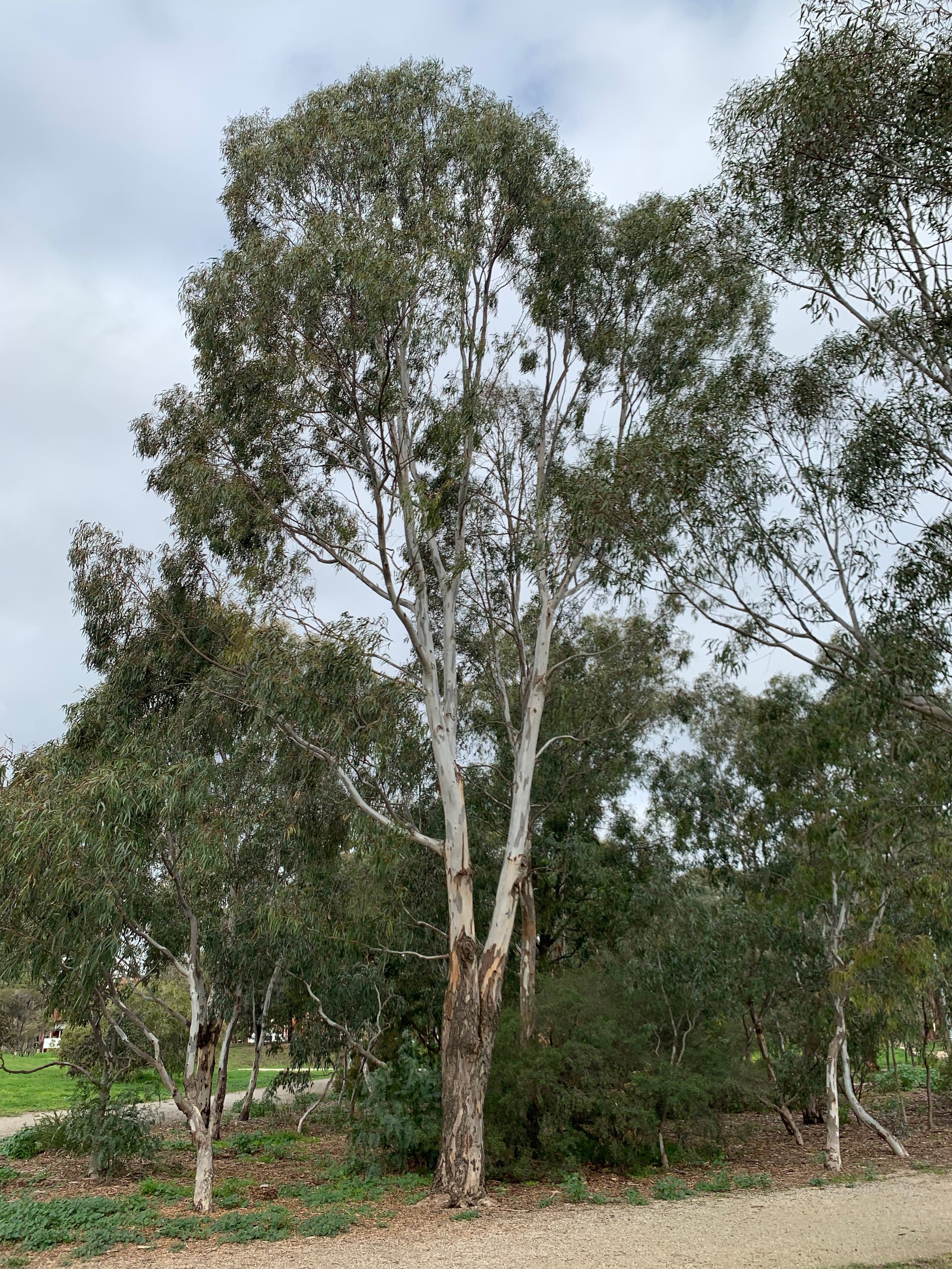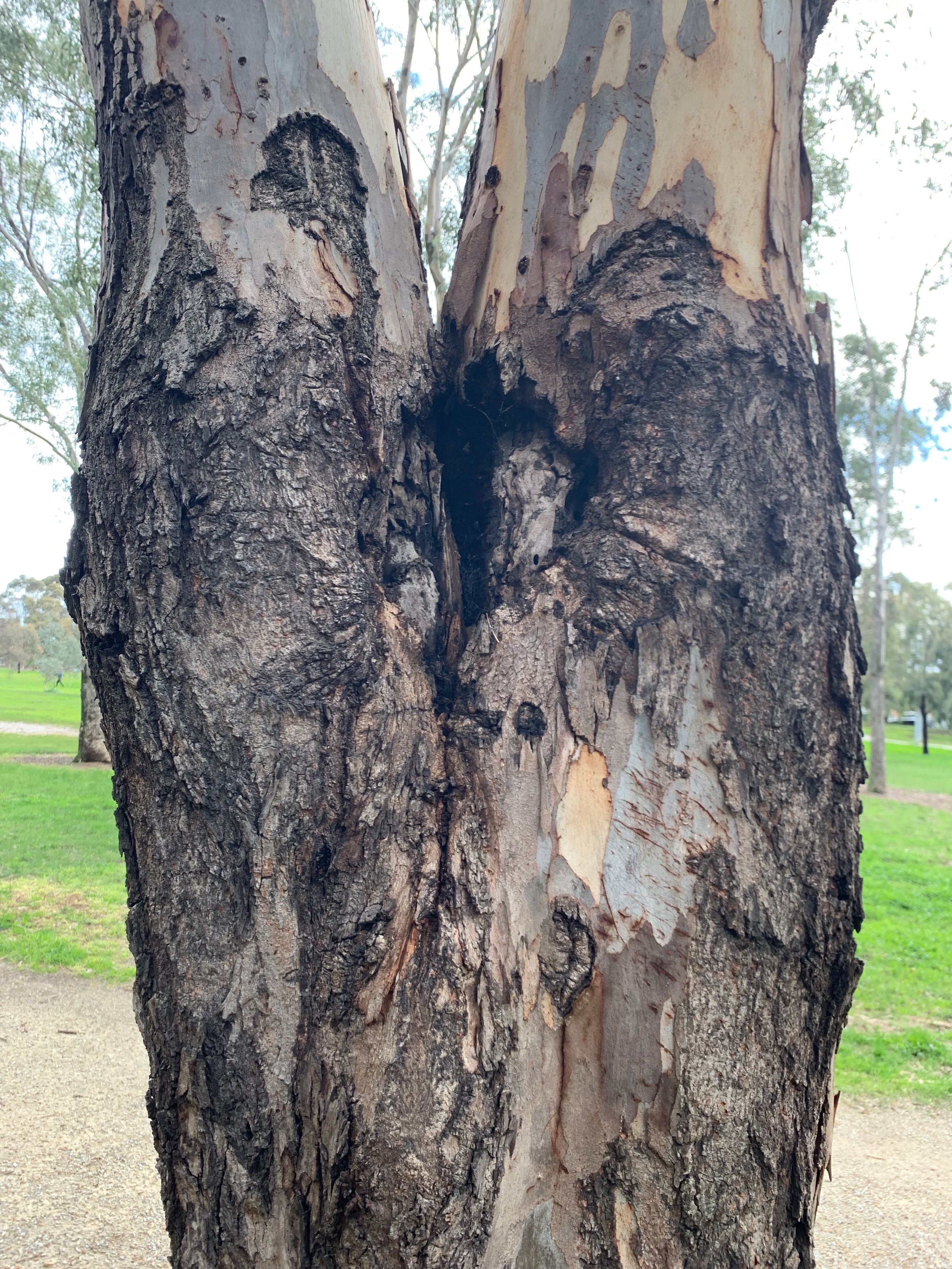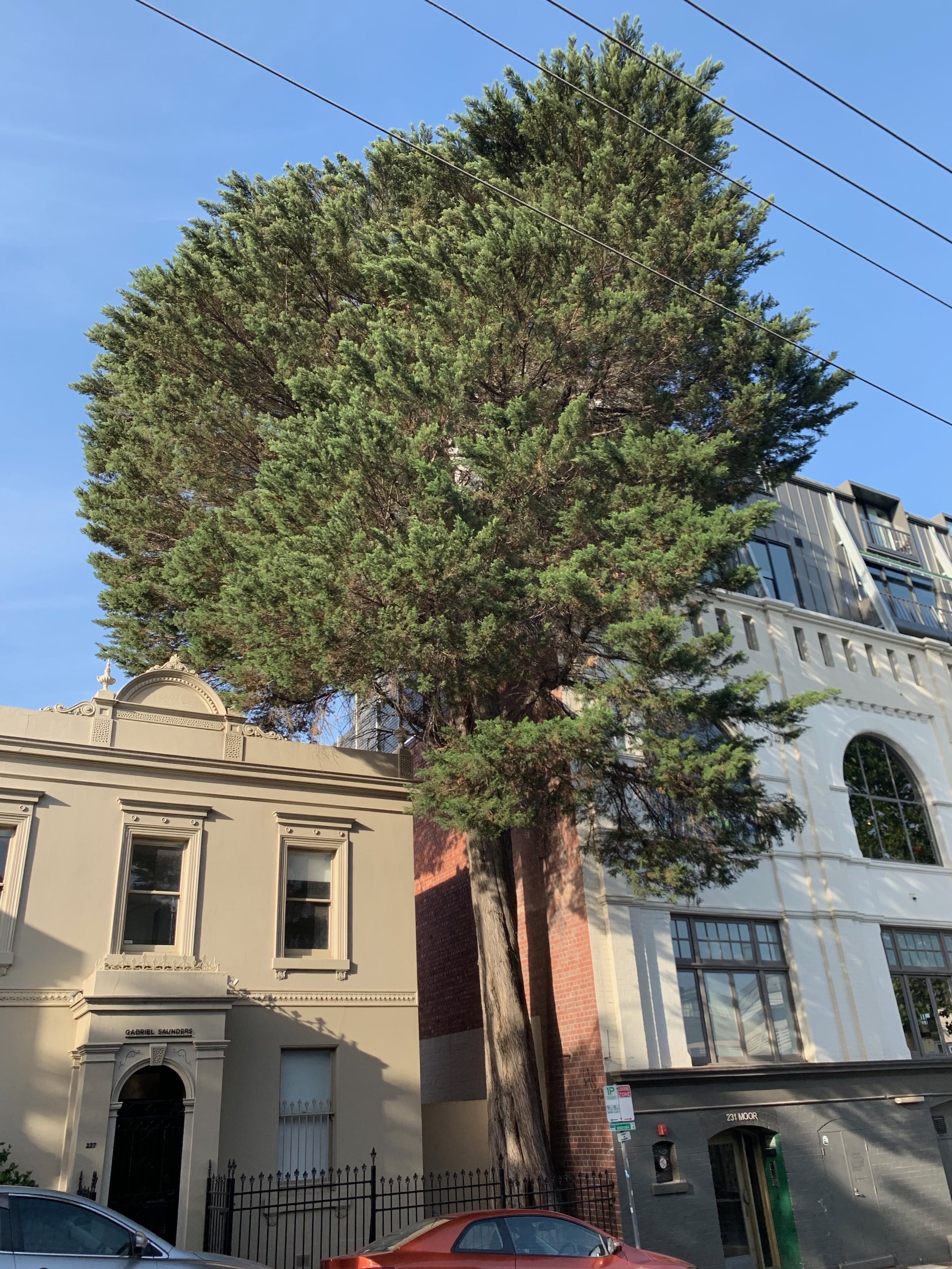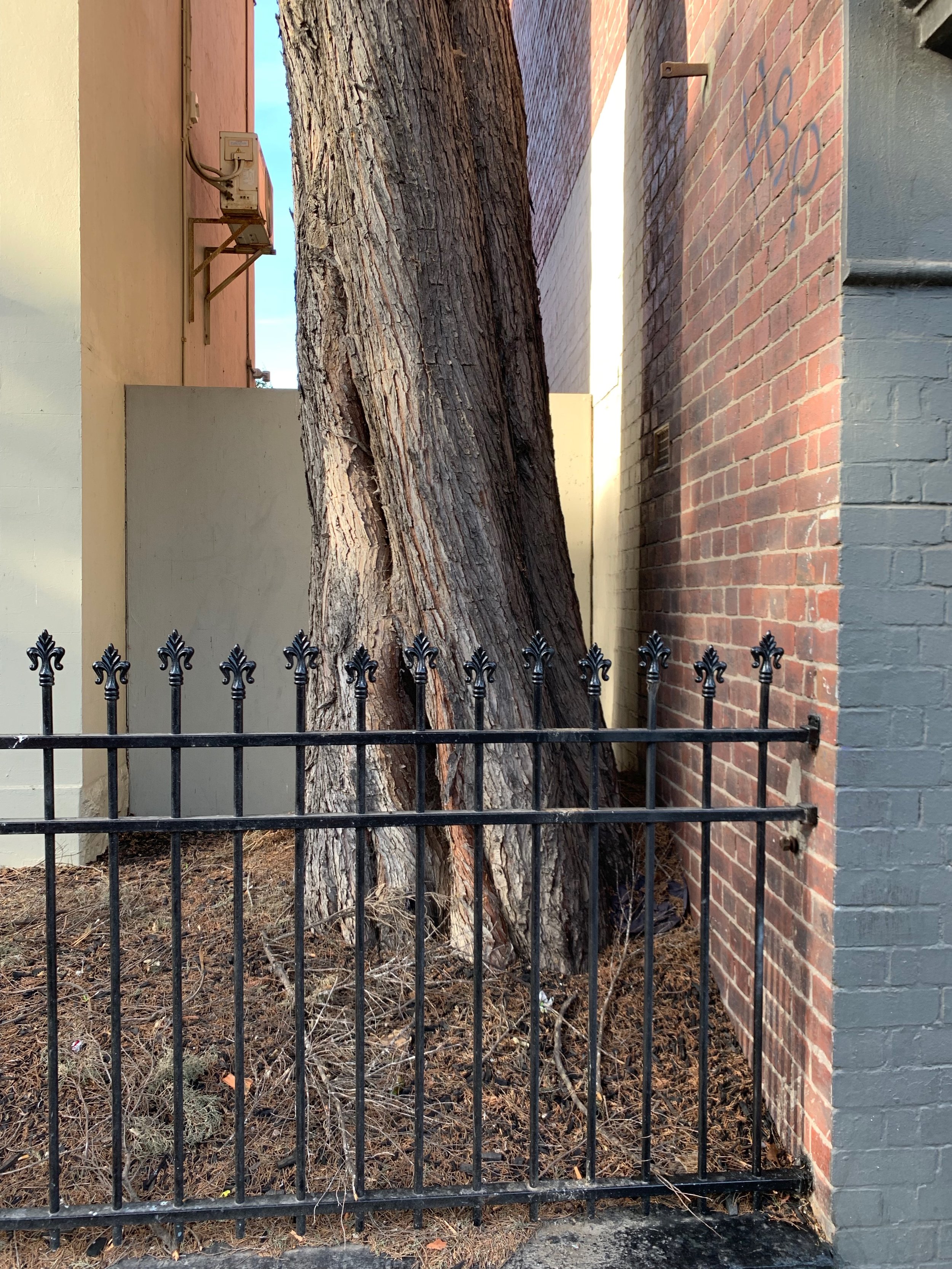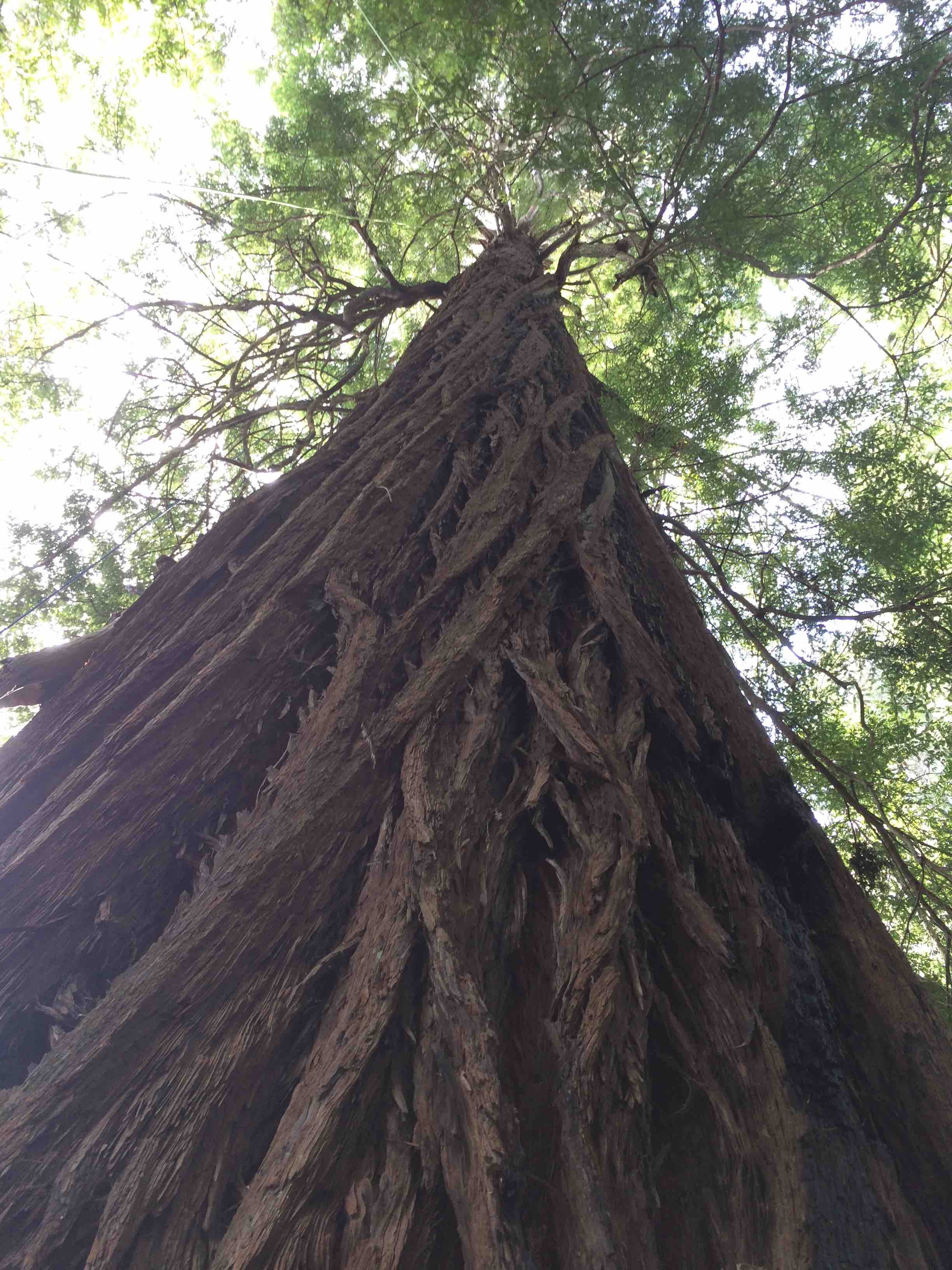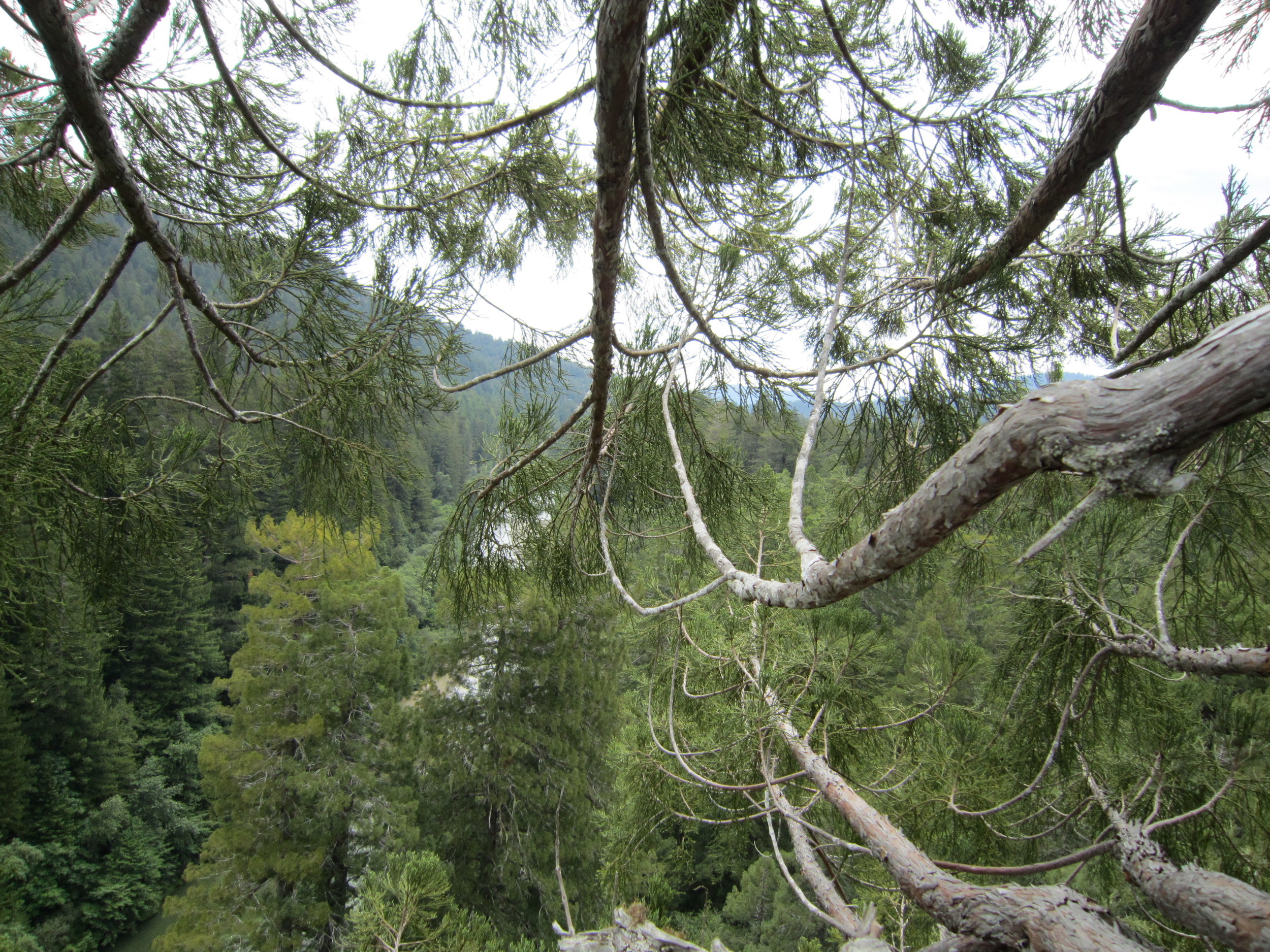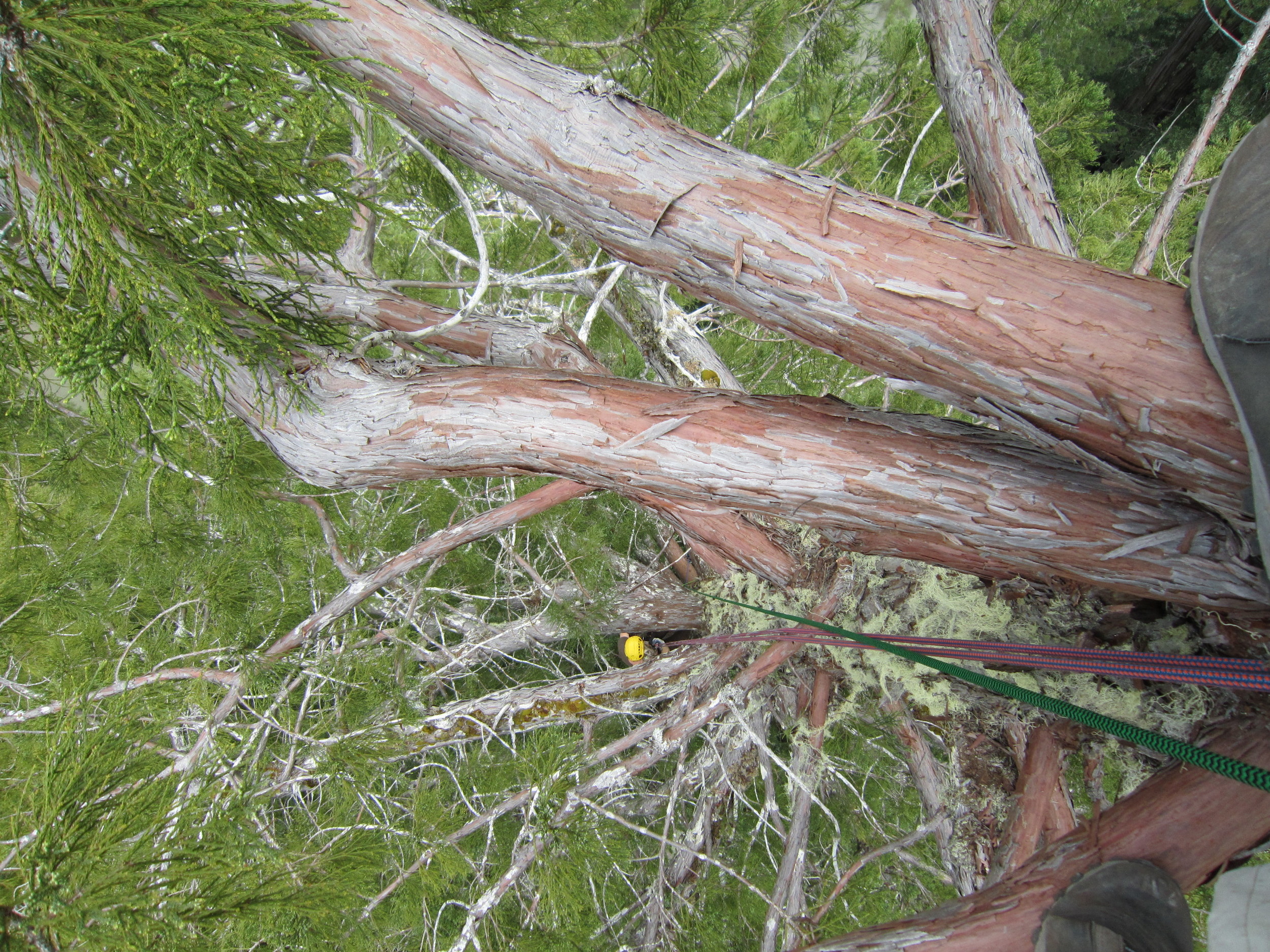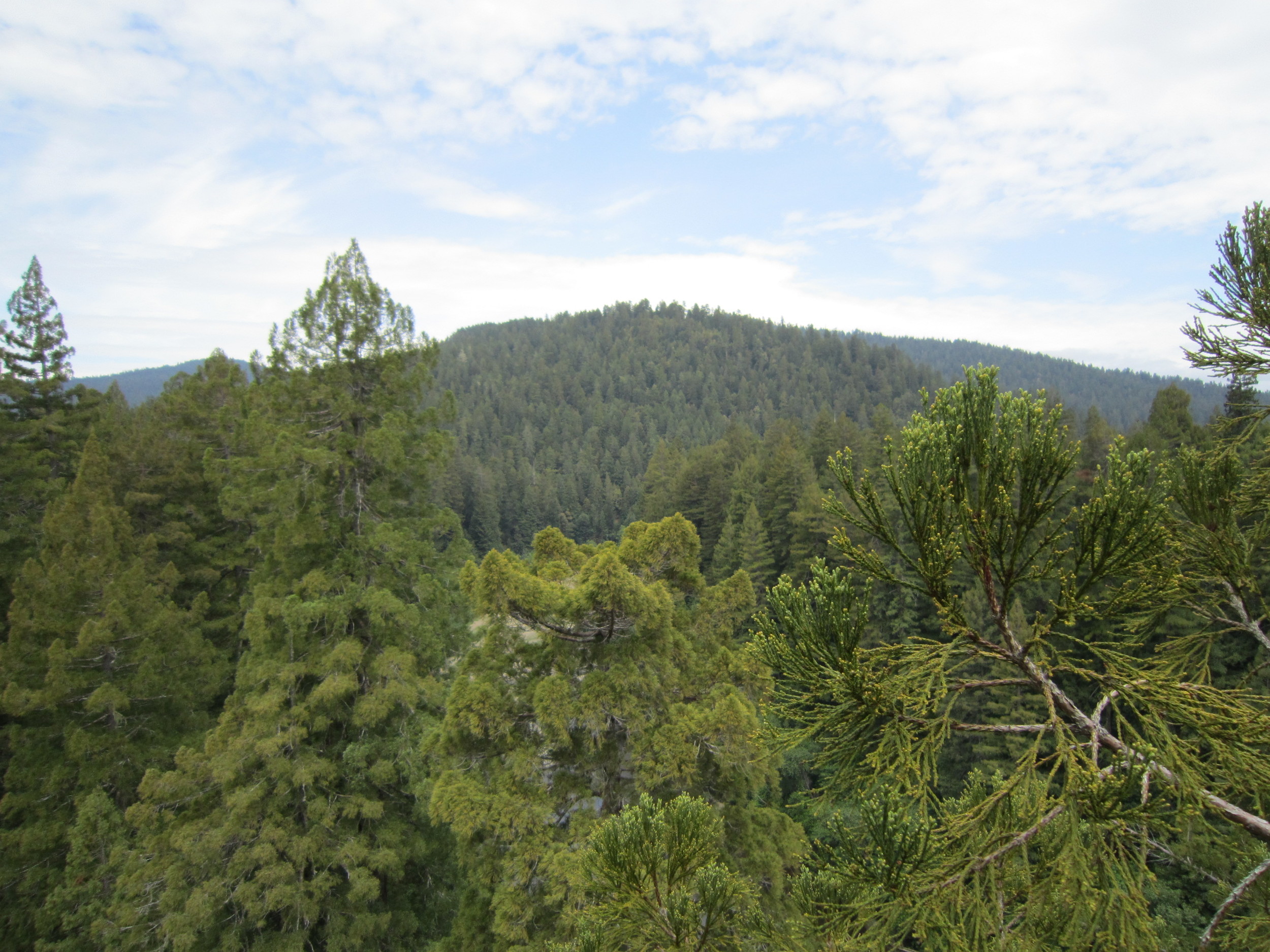Within Victoria, there are different rules that may apply when it comes to managing a tree growing on your private property. To make it even more confusing, these rules may differ between local councils as well!
So, how do you know when a permit is required for tree pruning or tree removal on your private property?
As a general guide, there are two sets of rules that may apply to trees on your property - at a state level and a local council level
At a state level, the Victorian Planning Provisions (VPP) applies to the local planning authority (usually the local council).
Each council will then enforce any vegetation protection requirement in accordance to their planning overlays. The most commonly applicable overlay is the Vegetation Protection Overlay (VPO), however other overlays could apply, depending on the location of your property, including Environmental Significant Overlay, Significant Landscape Overlay and Heritage Overlay.
Councils can also create local laws under the Local Government Act 1989 in relation to vegetation management
What does this mean for you as a property owner?
The various rules in place means that council permits may be required for tree removal and some tree pruning works.
In some instances, it may simply be a matter of submitting a permit application with all the relevant information (eg type of pruning works to be conducted). Other times, an arborist brief or report may be required to accompany the application. Often, the report will include an assessment of the tree health, any structural issues and other important factors to consider in managing the tree in question.
Find out more about our arborist report services here.
Council can issue infringement notices and fines for any tree pruning or tree removal works which are conducted without a valid permit. These penalties can be issued to either the property owner or the person carrying out the works, and sometimes to both.
A qualified arborist will be able to guide you through the process and advise you of any local council requirements prior to conducting any tree work on your property.
Find out more about our practical tree work services here.
